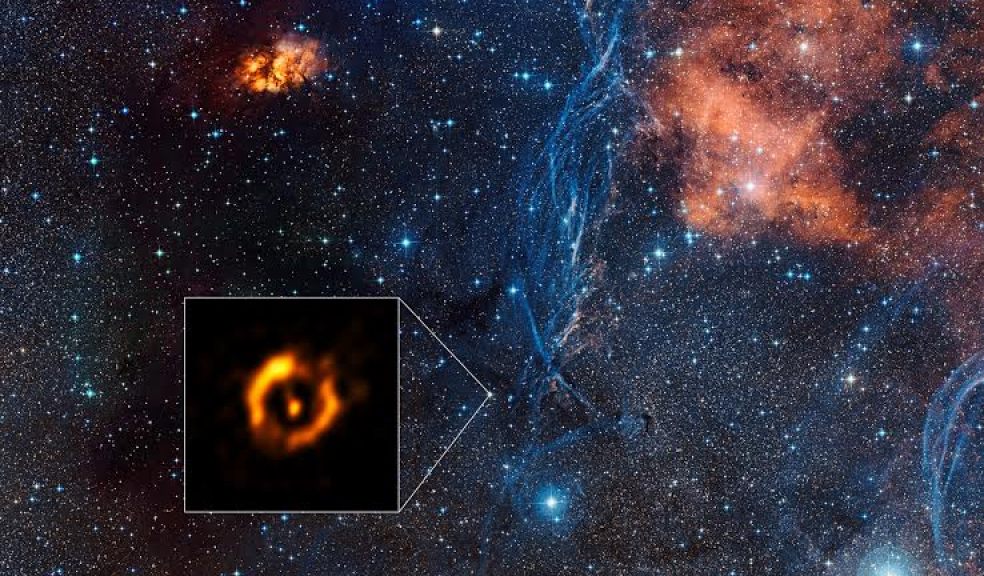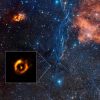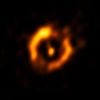
Exeter astronomer gets best ever view of aging star
An astronomer from the University of Exeter has had the sharpest ever view of a dusty disc around an aging star 4,000 light years away which could signal a new generation of planets.
Using an intensely powerful telescopic system at an observatory in Chile Dr Jacques Kluska, an associate research fellow in the department of Physics and Astronomy, and fellow scientists on a pan-European team, were able to get the clearest view so far of the star and compare discs around young and old stars for the first time.
They found that the discs looked surprisingly similar and now believe it is possible that a disc appearing at the end of a star’s life might also create a second generation of planets.
The team of astronomers used the full power of The Very Large Telescope Interferometer (VLTI) at the European Southern Observatory’s Paranal Observatory in Chile, to observe the double star IRAS 08544-4431[1] in the southern constellation of Vela (The Sails). This double star consists of a red giant star, which expelled the material in the surrounding dusty disc, and a less-evolved more normal star orbiting close to it.
Dr Kluska said: “By combining light from several telescopes of the Very Large Telescope Interferometer, we obtained an image of stunning sharpness — equivalent to what a telescope with a diameter of 150 metres would see. The resolution is so high that, for comparison, we could determine the size and shape of a one euro coin seen from a distance of two thousand kilometres.”
Due to the unprecedented sharpness of the images from the VLTI and a new imaging technique that can remove the central stars from the image to reveal what lies around them, the team were able to dissect all the building blocks of the IRAS 08544-4431 system for the first time.
The most prominent feature of the image is the clearly resolved ring. The inner edge of the dust ring, seen for the first time in these observations, corresponded very well with the expected start of the dusty disc: closer to the stars, the dust would evaporate in the fierce radiation from the stars.
The team, led by Michel Hillen and Hans Van Winckel from the Instituut voor Sterrenkunde in Leuven, Belgium finds that discs around old stars are indeed very similar to the planet-forming ones around young stars. They are yet to determine whether a second crop of planets can really form around these old stars, but believe it is a possibility.
Dr Hillen said: “We were also surprised to find a fainter glow that is probably coming from a small accretion disc around the companion star. We knew the star was double, but weren’t expecting to see the companion directly. It is really thanks to the jump in performance now provided by the new detector that we are able to view the very inner regions of this distant system.”
Professor Dr Van Winckel said: “Our observations and modelling open a new window to study the physics of these discs, as well as stellar evolution in double stars. For the first time the complex interactions between close binary systems and their dusty environments can now be resolved in space and time.”
The study, Imaging the dust sublimation front of a circumbinary disk is published in a letter in the journal Astronomy & Astrophysics.















